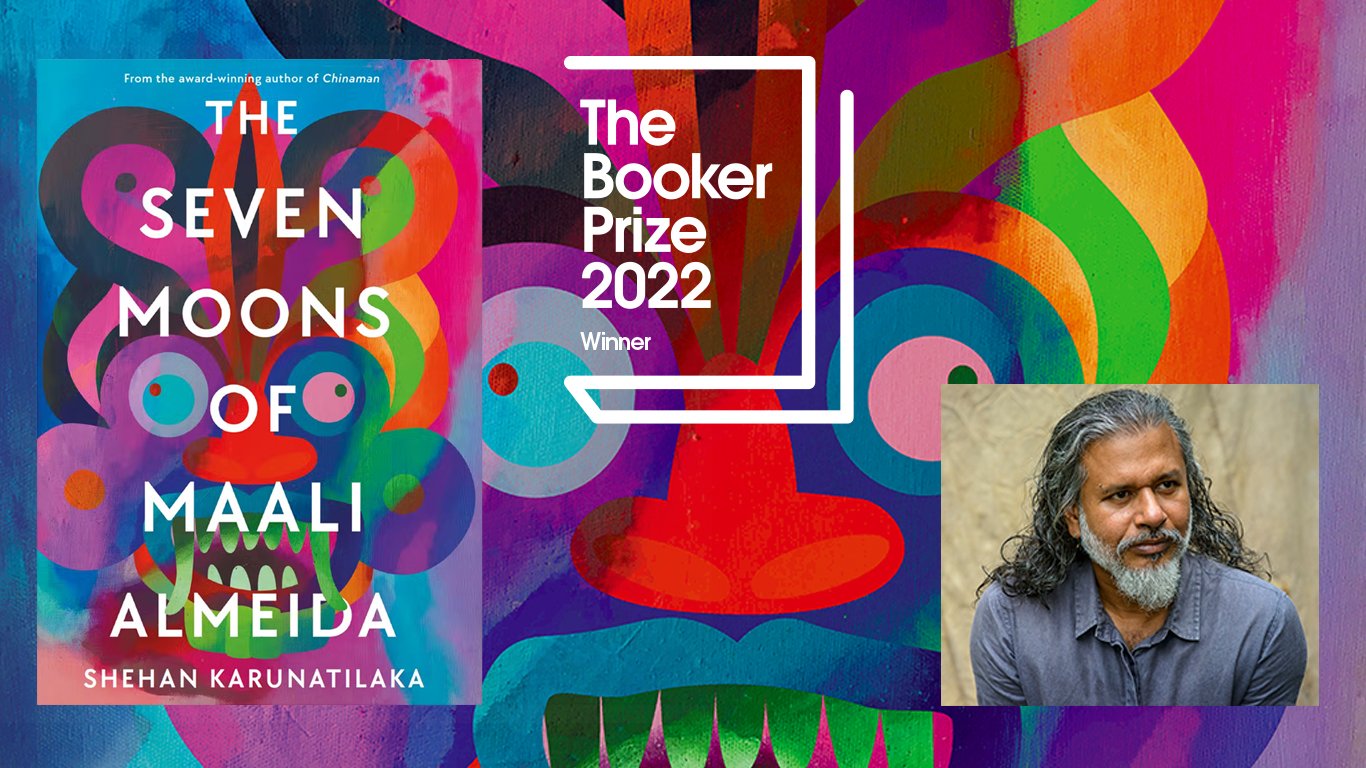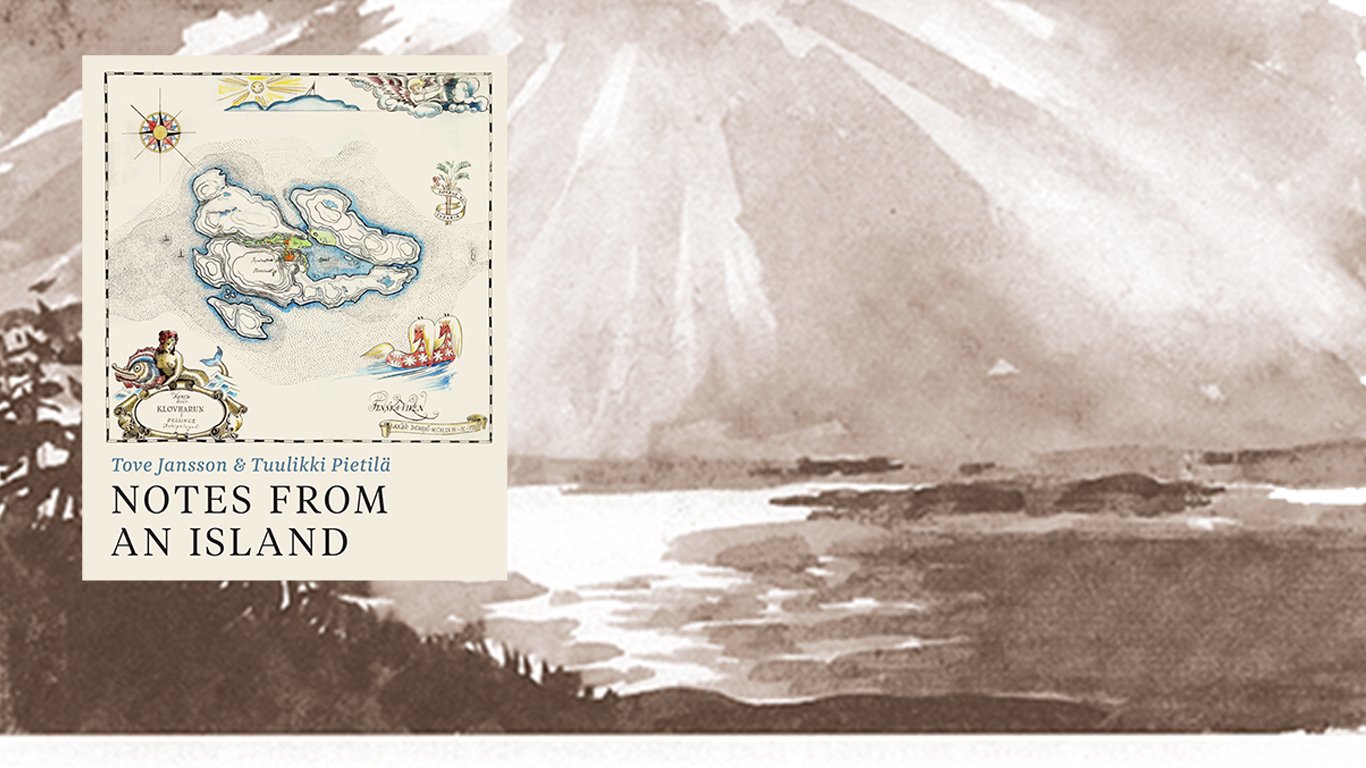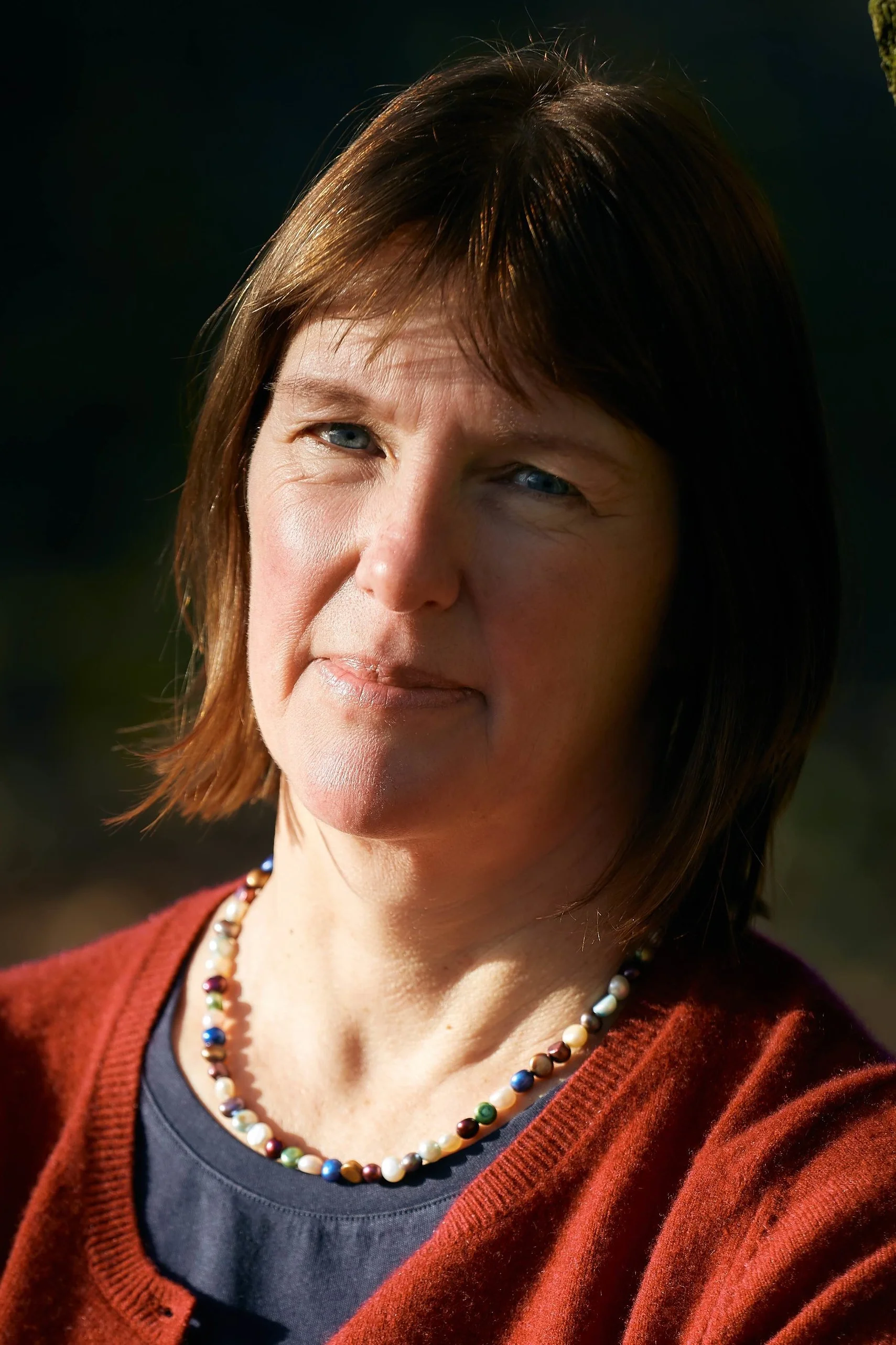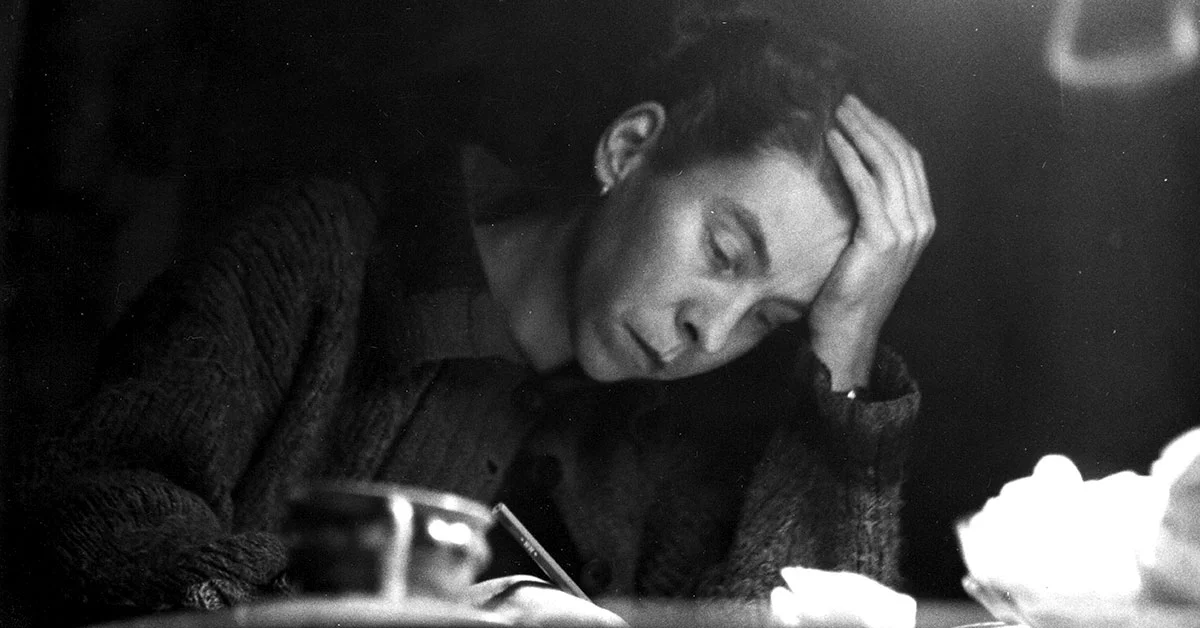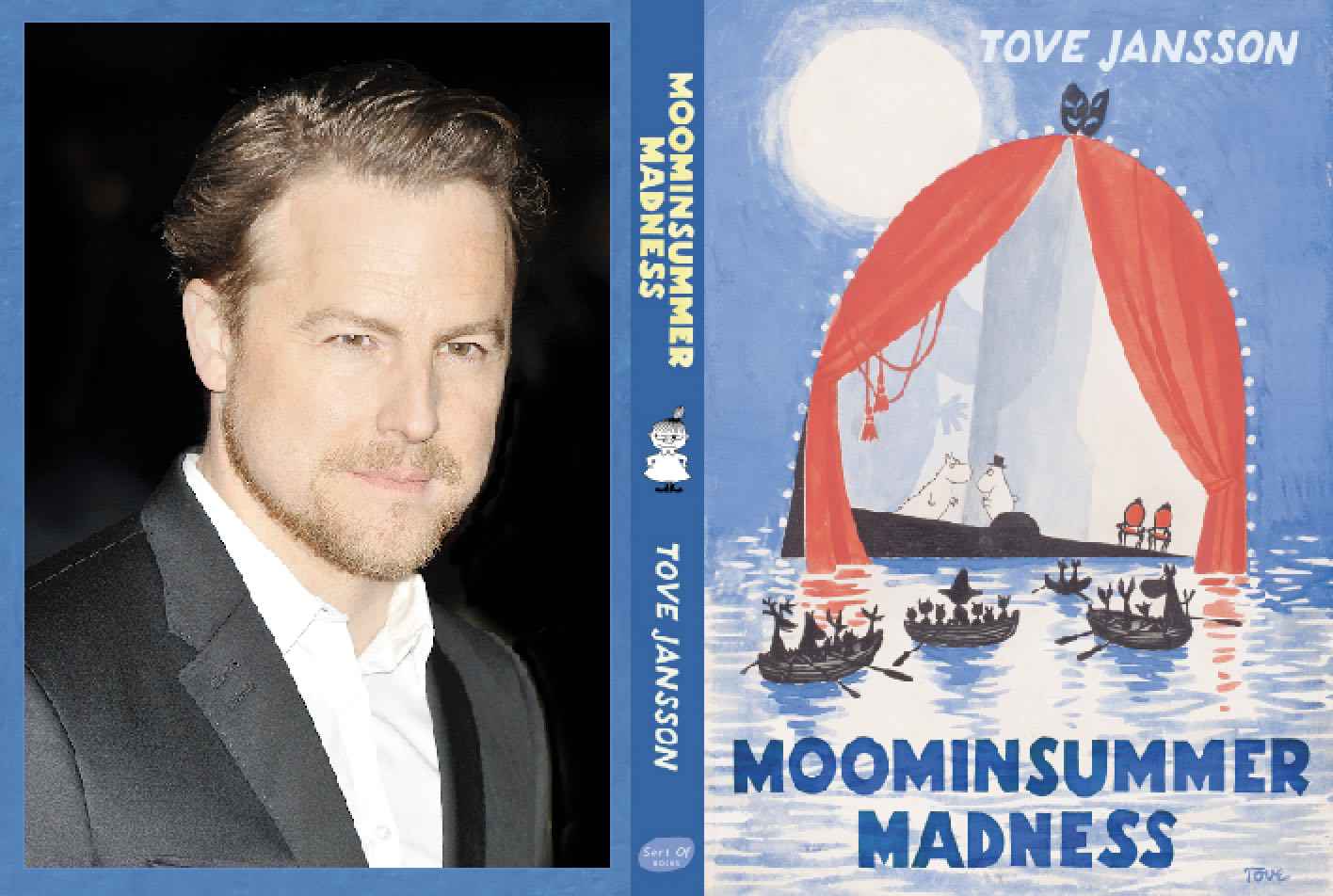Book review: Tove Jansson’s letters offer a wonderful insight into the Finnish author’s curious, intelligent, funny and unsentimental mind
“The personal correspondence of writers feeds on leftover energy,” the novelist and New Yorker fiction editor William Maxwell wrote in his 1982 introduction to a collection of his correspondence with his friend Sylvia Townsend Warner. “There is also the element of lavishness, of enjoying the fact that they are throwing away one of their better efforts, for the chances of any given letter’s surviving is 50-50, at most. And there is the element of confidence – of the relaxed backhand stroke that can place the ball anywhere that it pleases the writer to have it go.”
Letters From Tove, a wonderful collection of letters written by the Finnish artist and writer Tove Jansson is full of such examples of casual brilliance and beauty; Sarah Death’s seemingly effortless translation preserves the clear-eyed grace and humour that was a hallmark of Jansson’s writing, from her beloved Moomins stories to her adult fiction.
Editors Helen Svensson and Boel Westin have divided the correspondence by recipient rather than following a chronological approach. And so, for example, after reading the letters she sent to her good friend Eva Konikoff from 1941 to 1967, the reader jumps back to 1943 to read her letters to another friend. Although just a little more biographical detail might have been helpful at times (I did find myself turning to Westin’s excellent biography of Jansson for more information on certain things), the book is remarkably coherent, with the overlapping correspondences offering a rounded picture of Jansson’s life and relationships.
While the letters document Jansson’s friendships, romances, family dynamics and travels (and, notably, her experience during the second World War, when Finland fought against the Soviet Union and Jansson clashed with her father over his pro-Axis views), the importance of her creative work runs through them all. After her art student days in the 1930s she would work as a painter, an illustrator, a designer of sets, a creator of comic strips and of course the author of novels and short stories for both adults and children.
Moomin success
In her letters she writes about the pleasures, challenges and frustrations of her work, highlighting its crucial role in her life. Her descriptions of her creative processes, whether she’s painting a fresco or writing and drawing a Moomins comic strip, are always fascinating and insightful, all the more so for being written so casually, taking up a few paragraphs between family gossip or witty accounts of trips abroad. Even when her loved ones’ creative work frequently physically separates her from them, as it often does, Jansson is always understanding and accepting. And fans of the Moomins will enjoy her amusing accounts of Moomin merchandising deals (“We’re drawing the line at food. ‘Mmm, Moomin!’”).
The book also offers a fascinating and often moving glimpse into the world of queer women in mid-century Finland. Jansson had multiple relationships with men (some of whom, like Atos Wirtanan, remained lifelong friends) before deciding that, as she writes in a 1952 letter, “the happiest and most genuine course for me would be to go over to the ghost [ie lesbian] side”.
In one 1956 letter, written while hosting a group of lesbian friends, Jansson describes her guests’ “high spirits at finally having the freedom to be natural and talk about ghost matters without lowering their voices”. In the mid 1950s she began a relationship with a fellow artist, Tuulikki Pietila, known as Tooti, who would inspire the wise character Too-ticky in Moominland Midwinter. They would remain together until Jansson’s death in 2001, and Jansson’s letters to her partner are some of the most loving and charming in the book.
“Today I am not so much a tree as a bouquet,” wrote Jansson to her then girlfriend Vivica Bandler in 1947. “A bouquet with colours and bees and honey (and thorns and spiky grass).” This collection presents us with that bouquet in all its vivid freshness, and offers readers the privilege of spending time inside an intelligent, creative, curious, generous, funny, unsentimental mind. Few books have given me as much pure pleasure this year.

